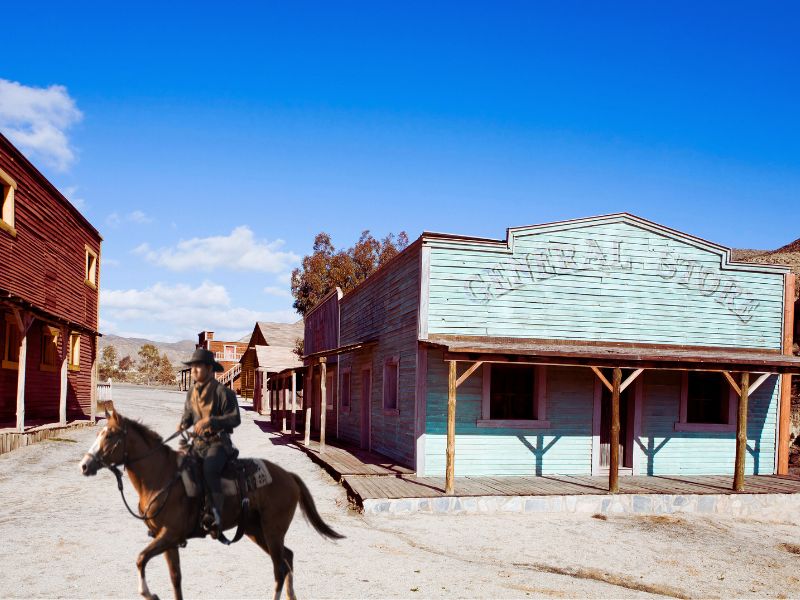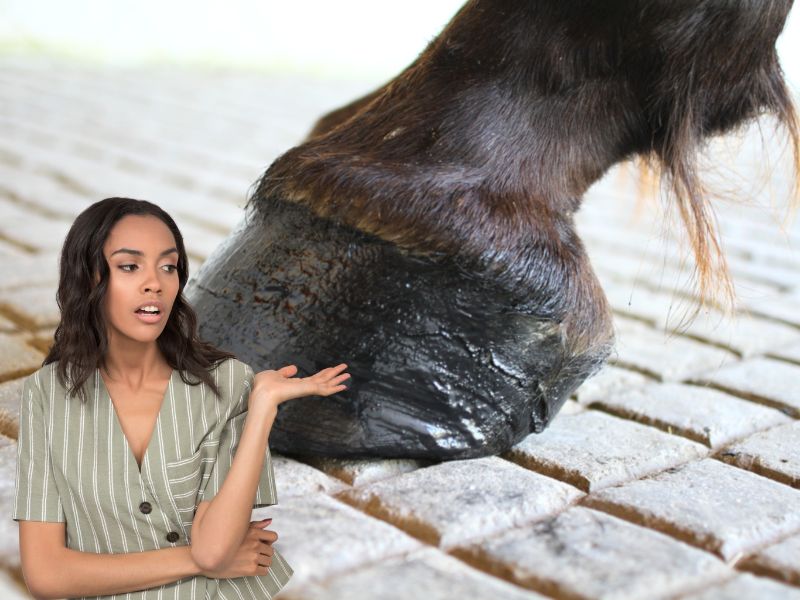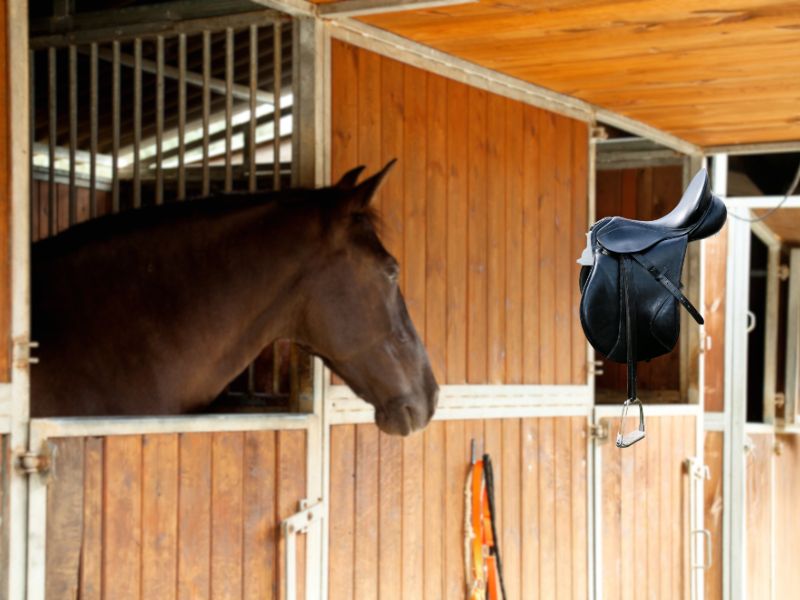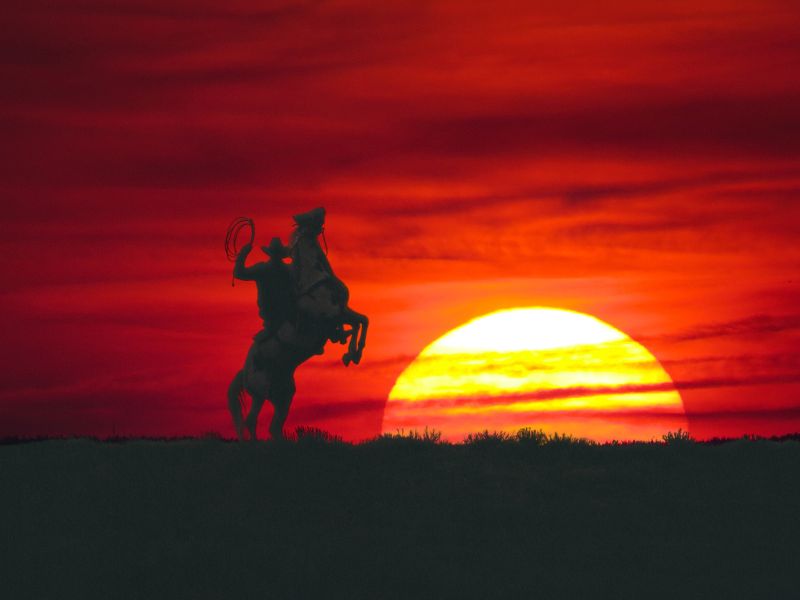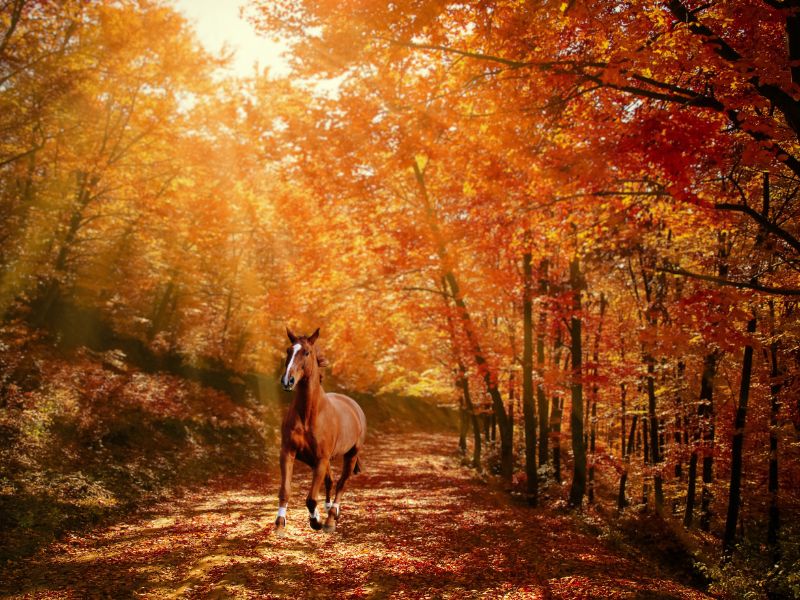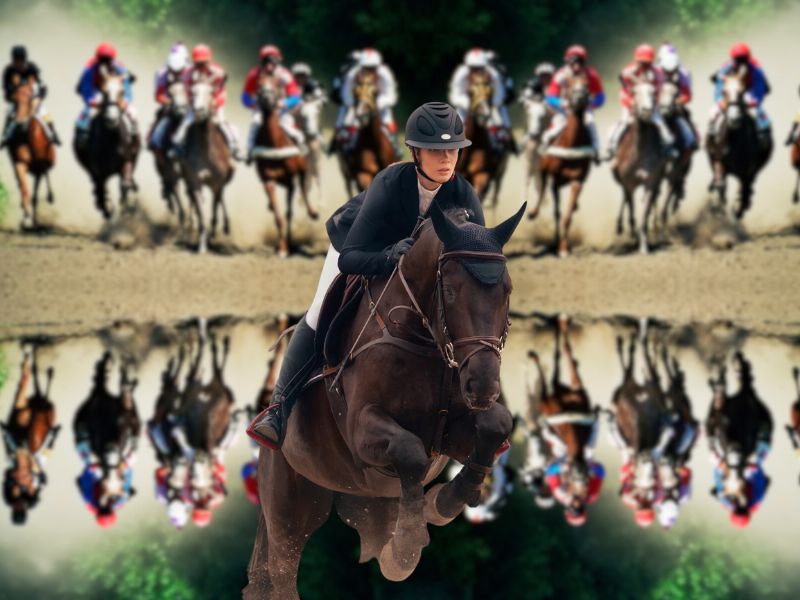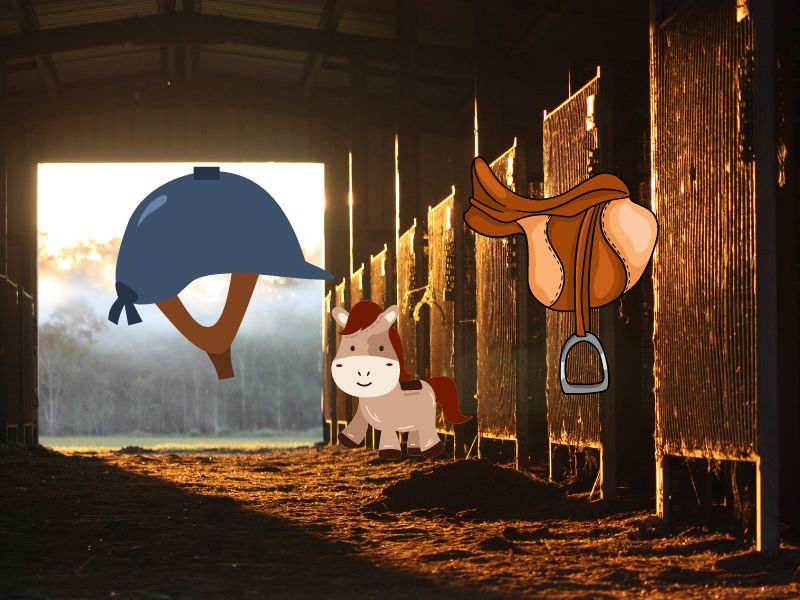A Glimpse into the Past In the vast expanse of the Wild West, where untamed lands stretched as far as the eye could see,…
Hoof Care Revolution: Top Products to Keep Your Horse’s Hooves in Pristine Condition They say, “No hoof, no horse,” and nothing holds truer for equine…
As the sun rises over the picturesque stables, horse owners and enthusiasts eagerly prepare to indulge their majestic companions in the world of premium horse…
When transporting horses, it’s not only crucial to ensure their safety and comfort but also to follow proper etiquette to make the journey pleasant for…
Embracing Tradition and Connection in the Saddle Saddle up and embark on a journey through the rich history and captivating allure of Western horseback riding.…
Transporting horses safely and comfortably is a crucial aspect of horse ownership. Whether you’re going on a short trip to a local event or embarking…
Show jumping, a heart-pounding and adrenaline-fueled equestrian sport, is a crowd favorite that combines speed, precision, and bravery. The sight of horse and rider gracefully…
Dressage, often referred to as the “ballet of horse riding,” is a captivating and sophisticated equestrian discipline that showcases the harmonious partnership between horse and…
In the captivating world of equestrian sports, few disciplines are as exhilarating and visually stunning as show jumping. This fast-paced sport combines the elegance and…
Horseback riding is a thrilling and rewarding activity, but it comes with inherent risks. Safety should always be the top priority for riders of all…

